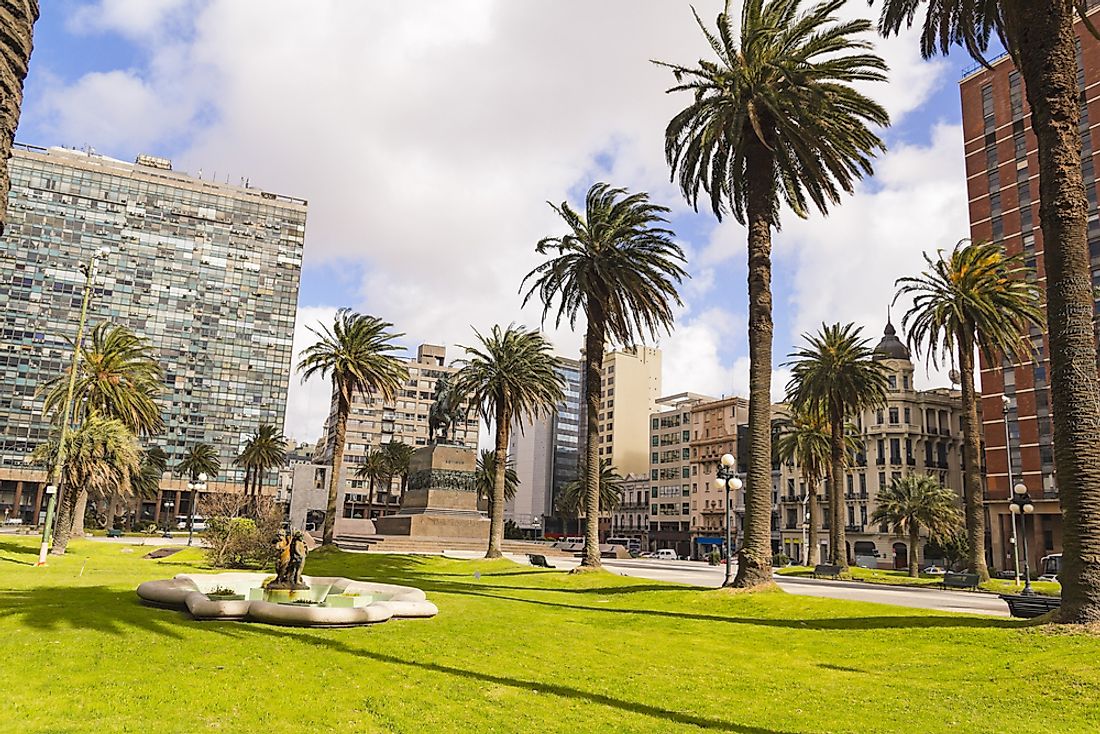What Type Of Government Does Uruguay Have?

Uruguay is a presidential representative democratic republic where the President is both the head of state and head of government. Besides, Uruguay is a multi-party state and the country’s President exercises the executive powers. The country's Judiciary system is an independent branch of government.
The Constitution Of Uruguay
The country's first Constitution was adopted in 1830 after the three- year war which Uruguay and Argentina fought as a regional federation known as the United Provinces of Río de la Plata. The foundation for the country's Constitution stemmed from the 1828 Treaty of Montevideo which was sponsored by the UK. When Uruguay was under the dictatorship regime, another constitution was proposed but was rejected during the 1980 referendum.
The Executive Branch Of The Government Of Uruguay
The 1967 Constitution established a strong presidency which is subject to judicial and legislative balance. However, some of the provisions were suspended in 1973, but in 1985 they were reestablished again. The president of Uruguay is both the head of government and head of state who is elected to serve a term of five years through popular vote. The country's vice president is also elected using the same ticket. The president and Council of Ministers must act together according to the constitution. The council of Ministers are made up of the cabinet ministers who are appointed by the president. The executive branch comprises of 13 ministers heading different departments within the branch. However, the 13 ministers can be demoted from their positions through a majority vote by the General Assembly.
The Legislative Branch Of The Government Of Uruguay
Uruguay has a bicameral parliamentary system known as the General, which comprises of the Chamber of Senators (Camara de Senadoras) and the Chamber of Representatives (Camara de Representantes). The Chamber of Senators has 31 members 30 of whom are elected to serve for a term of five years with proportional representation. The country's vice president is responsible for presiding over the Chamber of Senators. On the other hand, the Chamber of Representatives comprises of 99 members also elected to serve a term of five years by proportional representation.
The Judicial Branch Of The Government Of Uruguay
The legal system in Uruguay follows a civil law based on the Spanish civil code. The highest court in Uruguay is the Supreme Court of justice which has 5 judges. The judges are nominated by the president and are appointed by the General Assembly. The Judges serve for a 10-year terms and reelection after a lapse of 5 years following the lapse of the previous term. Other subordinate courts include the court of appeal, district courts, peace courts, and rural courts.
Democracy And Political Parties In Uruguay
Uruguay has a strong belief in direct democracy; this has been made possible through the Constitution which allows the citizens of Uruguay to challenge the laws that are approved by Parliament. The citizens either use a plebiscite to propose the changes they want to be made to the Constitution or use a referendum. With a multi-party system, politics in Uruguay is mainly dominated by three political parties making it difficult for other parties to achieve success during elections. The three political parties include the Broad Font, National Party, and Colorado Party.











